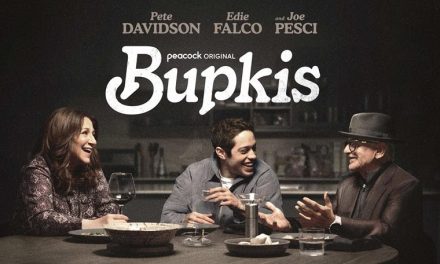For most fans, mention the words “dark side” in relation to Star Wars and you’ll invoke visions of Darth Vader and Emperor Palpatine. The term has become synonymous with the Sith and yang to the yin of the light side of the Force. That’s not the darkness we’re talking about here, however. Today we’re talking about the darkier, murkier, grittier side of the battle between good and evil in the galaxy far, far away.
Last year around this time I discussed how there was more to Star Wars that just the Skywalkers. Remember, these stories grew from basis of the Galactic Civil War. For better or worse, and with perhaps one major exception, we’ve only seen the hero-centric side of that story on film. That’s why I’ve come to appreciate the novels and other ancillary canon works that show the true dark side of Star Wars.
There is definitely a dark side of Star Wars

One of the first (newer canon) forays into the dark side of Star Wars came with Alexander Freed’s novel Battlefront: Twilight Company in 2015. The novel was a tie-in to the Star Wars: Battlefront video game also releasing that year. In it, Alexander Freed focused on a unit of Rebel infantry and, really for the first time, showed the underbelly of the Galactic Civil War. We saw soldiers fighting and dying, and dealing with the atrocities of war. Through those characters we got a much more personal perspective on how the war affected individuals not named Skywalker or Solo. A dip into this dark side of Star Wars was what the franchise needs to, dare I say, achieve balance in its Force.
Freed is back with the novel Alphabet Squadron, and again tells a much dimmer tale that we’re accustomed to. The novel expounds the story of Operation Cinder, of which we became familiar through the Battlefront II video game and its accompanying novel, Inferno Squadron. Operation Cinder is the epitome of the dark side of Star Wars. The Emperor posthumously ordered the destruction of worlds seemingly out of pure spite. Yrica Quell, a defecting Imperial TIE fighter pilot, participated in the atrocity. She spends the course of the novel trying to make amends for her crimes against the galaxy.
The side of Star Wars we need to see

Alphabet Squadron is more than just Yrica Quell’s personal journey, however. It paints, often times with very fine strokes, pictures of loss, sacrifice, hardship, and uncertainty among those still fighting a war that should have been over. We can sense the characters’ pain, and empathize with their various coping mechanisms. We can almost feel the dark side of Star Wars enveloping them as they desperately try to find the light.
Rogue One: A Star Wars Story finally brought this dark side of the franchise to the big screen. It did so compellingly, and without reliance on the name Skywalker to tell its tale.

Solo: A Star Wars story likewise gave us a slight hint the world-scorching tactics the Empire would employ to get what it wanted. These are the tales that, for me, complete Star Wars, and prove that the conflicts therein affect the galaxy far more deeply than the microcosm we see on film.
Look for the new, live-action Star Wars series of The Mandalorian and the Cassian Andor spy thriller to continue in this vein. Likewise, Alphabet Squadron is but the first in a new series of novels from Freed.
Yes, the dark side of Star Wars exists, and I can’t wait to see more of it.





